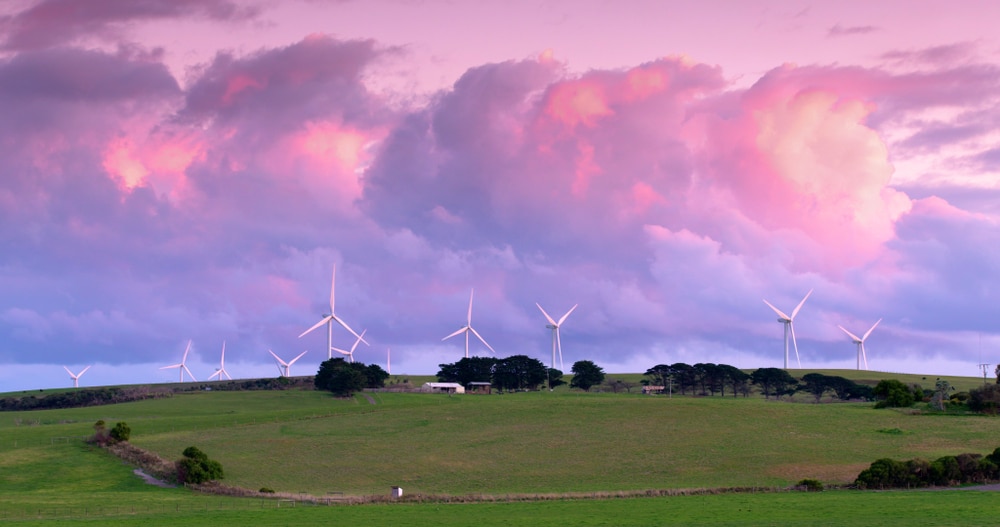Despite the impacts of COVID-19 in 2020, it was a massive year for renewable energy in Australia, with record numbers of solar and wind installations.

There is a range of new reforms coming in 2021 that will assist Australia push even further with renewable electricity sources. Here we outline the biggest and most significant ones to watch out for.
Plotting the future of Australia’s network
To accommodate the growing volume of renewable energy and declining amounts of coal and gas-fired power, there has been plenty of discussion about what our electricity network could look like in the future.
Significant concerns have raised about bottlenecks and traffic jams caused by high volumes of solar power being exported to the grid, and work is underway to address those issues.
That has started with the formation of the Energy Security Board in collaboration with the Australian Energy Market Commission (AEMC), the Australian Energy Market Operator (AEMO) and the Australian Energy Regulator to tackle those issues and deliver solutions.
Work on the 2025 electricity market design is well underway, and this is expected to be released for consultation and public consumption at some stage in 2021. This will give us our first tangible idea of what our network will look like in the coming years to accommodate the rising volume of renewable power sources.
The reforms that the ESB are expected to pursue include:
- Managing the introduction of future renewable sources and the exit of fossil fuel sources
- Developing fit-for-purpose essential system services
- Integrating distributed energy resources (DER) and formulating a market that includes importing and exporting power, including regulation, consumer protection, scheduling and all technical aspect
- Developing the network, securing investment and reducing costs
New standards and processes
Market bodies in tandem with distribution network service providers (DNSPs) are working on DERs and putting new standards and processes in place.
This is because we are seeing more homes and businesses exporting power back to the network, and new technologies like battery storage solutions.
We have already seen the first of these standards in the inverter standard AS/NZS 4777.2, and there are likely to be many to follow, which will cover export limits, remote control of DEES, new technologies and new tariffs.
New levels of quality and compliance
There has been much confusion surrounding solar panels and batteries as consumers do not know which solutions are legit and potentially dodgy. With so many companies out there trying to cash in on the renewables boom, it can be challenging for the consumer to know which ones to turn to for their panels and other renewable power technologies.
That means there need to be new levels of quality control and compliance – and the bar will need to be lifted.
The Clean Energy Council (CEC) is already working on new compliance and quality control measures, including guidelines and requirements that will make it easier for consumers to find products and services they can trust.











































